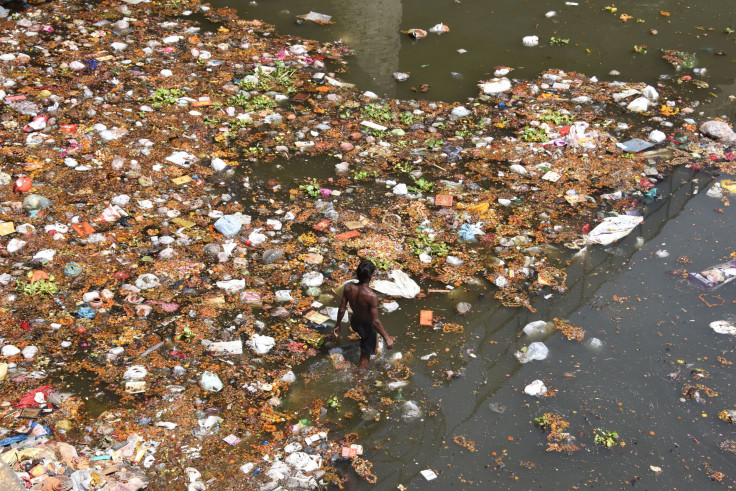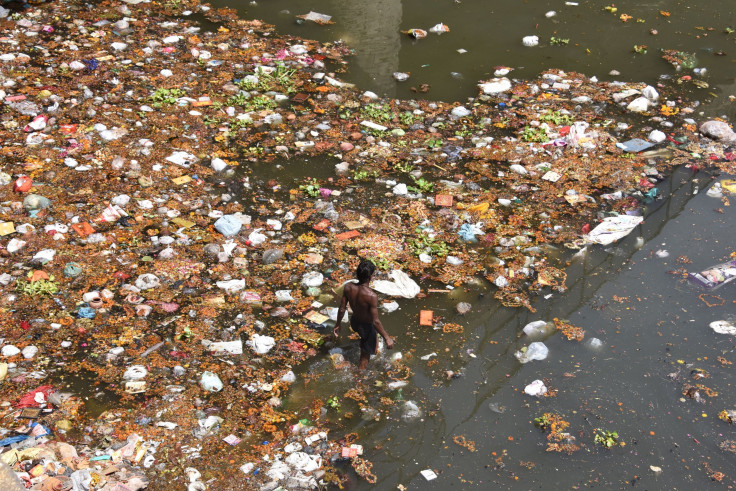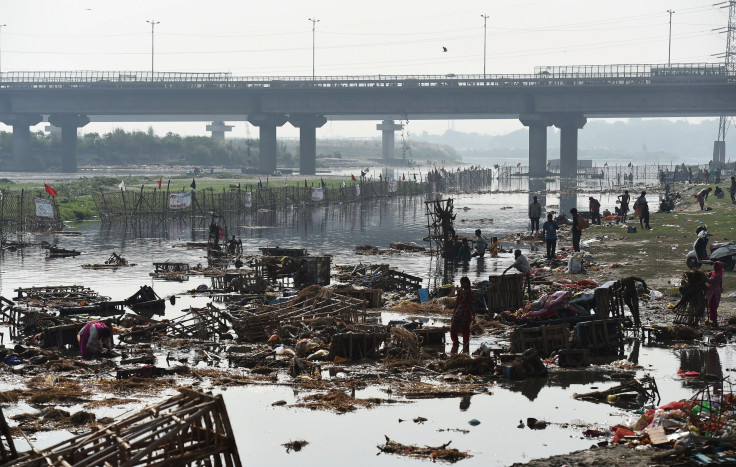Most Ocean Pollution Comes From Asian Rivers, Study Says

Not all nations pollute equally — and some of them are responsible for far more of the world’s contamination than others. According to a study released Wednesday, most of the plastic currently in the ocean came from Asian rivers.
Of the world’s 40,760 ocean-bound rivers, a mere 20 are responsible for two-thirds of the ocean’s pollution, according to the study by The Ocean Cleanup, a Dutch foundation that develops technology to decontaminate waterways. Most of those rivers are located in Asia. In the foundation’s study published Wednesday, they found that overwhelming majority of pollution in the ocean came from the Yangtze River in China.
Read: Whale With Stomach Full Of Plastic Bags Found Dead Of Starvation
“Most of this river plastic is coming from Asia, which emphasizes the need to focus on monitoring and mitigation efforts in Asian countries with rapid economic development and poor waste management,” the study said.

Other main culprits included the Ganges River in India, the Xi, Dong and Zhujiang River in China and the Brantas, Solu, Serayu and Progo Rivers in Indonesia. The study’s researchers cautioned that more data would be needed to verify their conclusion.
“It’s crucial that governments and other organizations speed up their efforts to mitigate the sources of the problem we aim to resolve,” founder and CEO of The Ocean Cleanup Boyan Slat said in a Wednesday press release. “The results of this latest study can assist with those efforts.”
Plastic in the world’s oceans is no small matter: More than eight million tons of it are dumped into the water every year, according to nonprofit network Plastic Oceans. The garbage causes the death of more than 100,000 marine animals and one million seabirds ever year, the United Nations reported. And according to a World Economic Forum report published on the subject, if the world’s plastic consumption continues on its current trend, plastic will outweigh fish in the ocean by the year 2050.
The results of such exorbitant plastic consumption are becoming more and more visible: In March, a Cuvier whale was found beached off the coast of Norway after having starved as a result of the 30 plastic bags and other items wedged inside its stomach. The whale had mistaken the detritus for food and was unable to digest it, preventing it from eating anything else.
“It wasn’t like it was in just part of the stomach,” Dr. Terje Lislevand, a zoologist at the University of Bergen in Noway who studied the whale said at the time. “It filled up the whole space. I think the whale has been in pain.”
Read: Most Polluted Animal On Earth Washes Up In Scotland
And pollutants are reaching ever-deeper parts of the ocean as well. Scientists announced in February they had located manmade pollution in the furthest reaches of the earth, identifying “extraordinary” amounts of chemicals more than 36,000 feet deep.
“We still think of the deep ocean as being this remote and pristine realm, safe from human impact, but our research shows that, sadly, this could not be further from the truth,” said Alan Jamieson, one of the researchers responsible for the findings. “The fact that we found such extraordinary levels of these pollutants really brings home the long-term, devastating impact that mankind is having on the planet.”

© Copyright IBTimes 2024. All rights reserved.




















